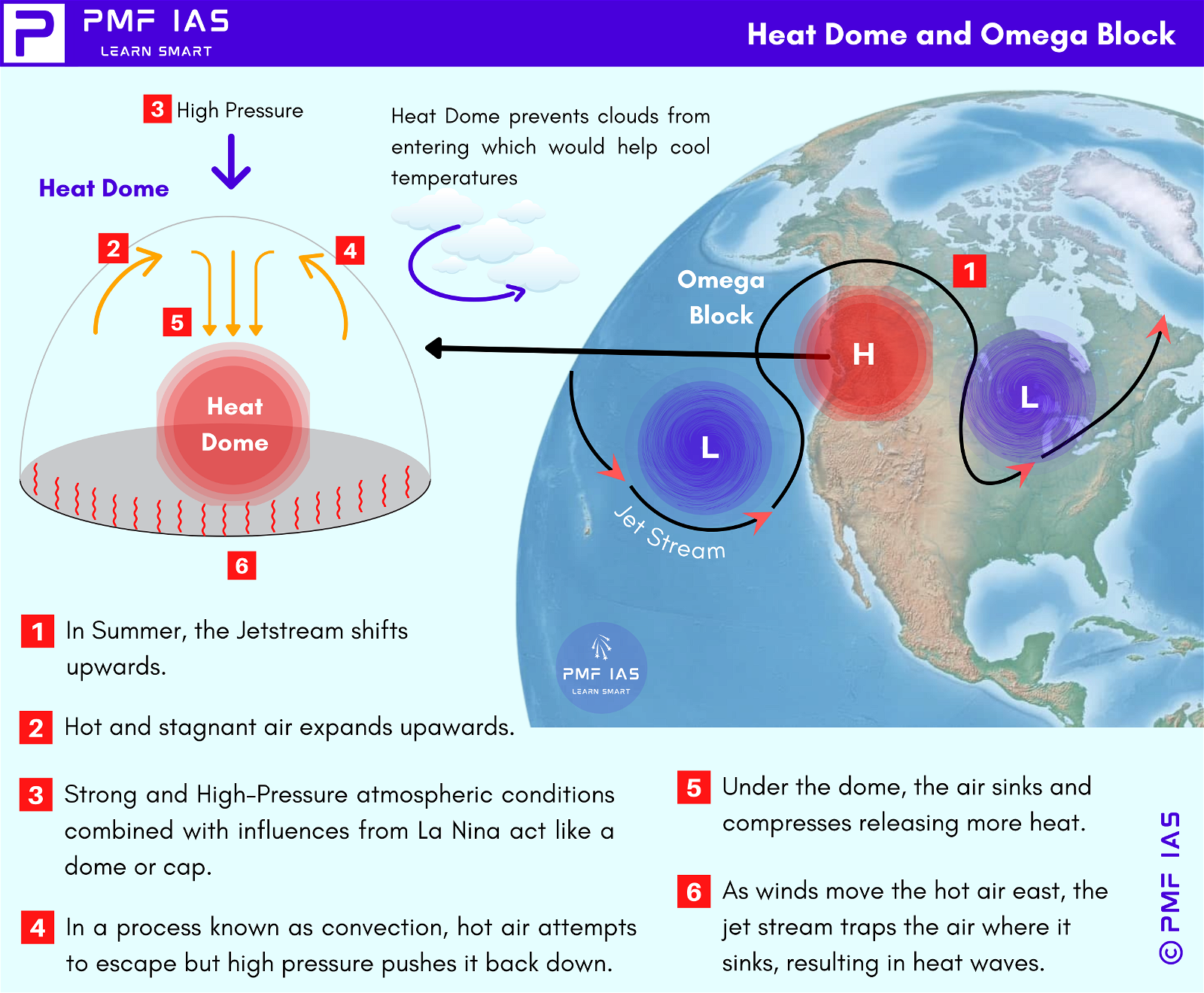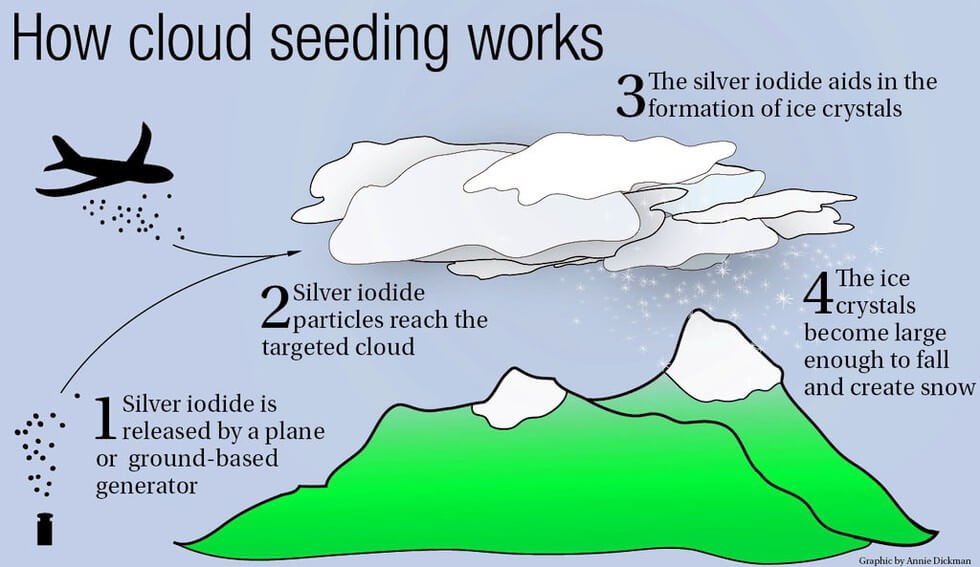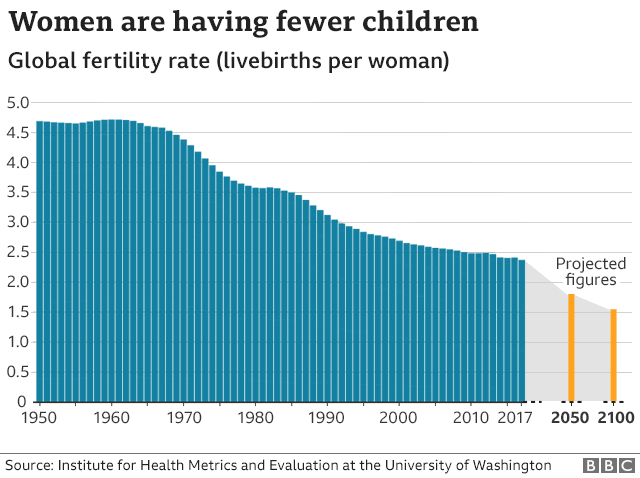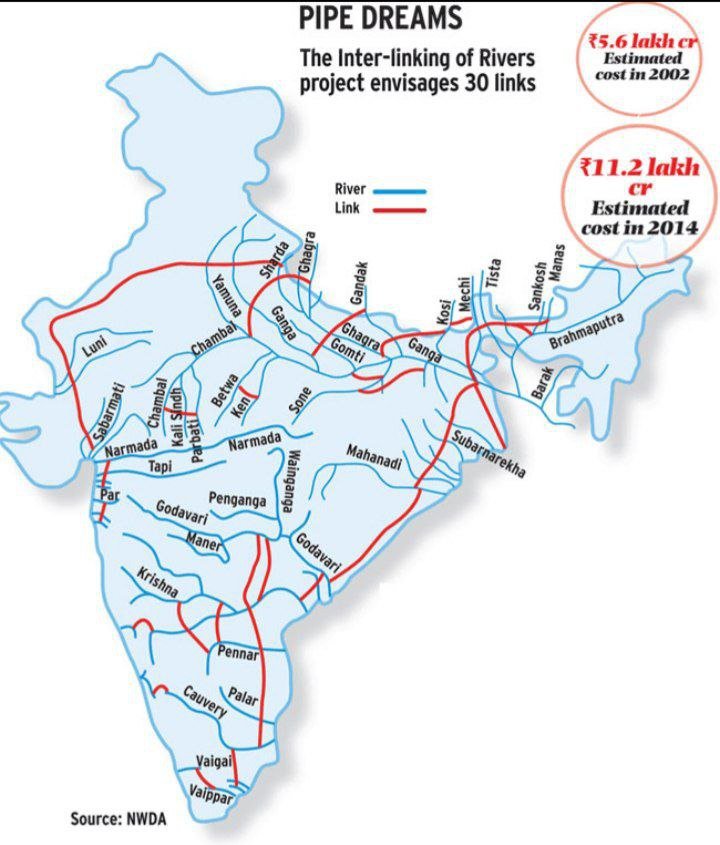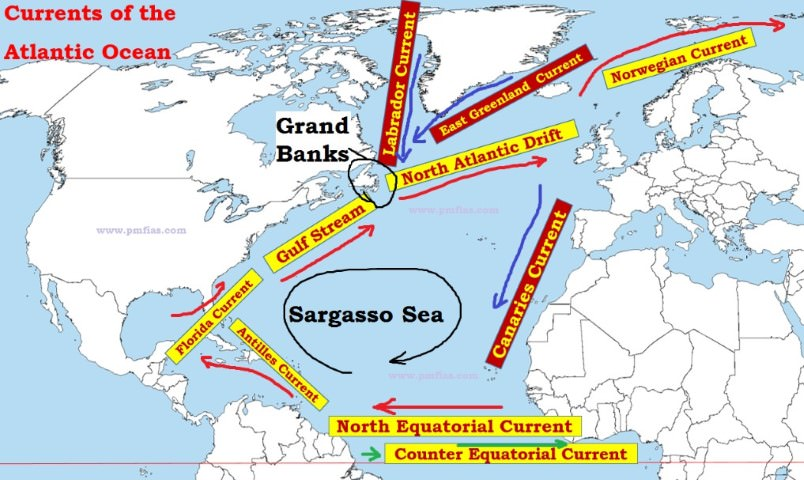
Extreme Weather Events in Dubai & Mumbai | Dubai Floods
Subscribers of "Current Affairs" course can Download Daily Current Affairs in PDF/DOC
Subscribe to Never Miss an Important Update! Assured Discounts on New Products!
Must Join PMF IAS Telegram Channel & PMF IAS History Telegram Channel
- Context (DTE| HT | DTE | TH | IE): Mumbai and Dubai, two big cities, faced extreme weather on April 16, 2024.
- Dubai had heavy rain and lightning, causing floods in many areas. Mumbai experienced intense heat and humidity.
Scenario in Mumbai
- Mumbai’s Konkan coast has been in a hot, humid heatwave for two days.
- On April 16, the Santa Cruz station recorded its highest temperature in 15 years, reaching 39°C.
Scenario in Dubai
- Dubai experienced over a year and a half’s worth of rainfall in just one day on April 16.
- The heavy rain flooded the city’s airport and major roads, causing widespread damage.
- Other cities in the United Arab Emirates (UAE), like Sharjah and Abu Dhabi, also faced excessive rainfall.
- Oman, Saudi Arabia, and Bahrain also experienced heavy rainfall, resulting in flash floods.
The cause
- Both the extreme rainfall in Dubai and the intense heat in Mumbai were linked to a large anticyclonic system that covered a vast area from West Asia to the Himalayan foothills.
The explanation for Mumbai’s hot weather
- Anticyclones are areas of high atmospheric pressure.
- Winds in anticyclones move downward and compress, causing heating. They often lead to large-scale heatwaves.
- Anticyclones can block other weather systems, causing extreme conditions around them.
- In Mumbai, the anticyclone caused a “heat dome” effect, warming the air further.
- Warm air from West Asia and the Arabian Sea was drawn in and heated by sinking motion. This increased humidity in Mumbai, especially before the monsoon season.
- Normally, sea breezes cool Mumbai at night, but the anticyclone may have blocked them. As a result, night temperatures were higher than usual.
The explanation for the Dubai floods
- The anticyclone stopped a weather system called a western disturbance from moving over West Asia.
- This interaction with the anticyclone may have contributed to the storm system that caused the rainfall and lightning. Experts explain that the western disturbance interacted with the anticyclone’s western edge. Thus, extreme weather in Dubai could be partly related to the presence of the large anticyclone.
Other possible reasons for Dubai floods
- Media reports suggest that the UAE National Centre of Meteorology’s cloud seeding operations might have intensified the rainfall from the storm system.
- Excessive dust in the region could also act as natural cloud seeders, contributing to the heavy rainfall.
- Dust acts as condensation nuclei, contributing to cloud formation, similar to man-made cloud seeding.
- Record heat in 2023 and 2024, along with warming in West Asia and the Arabian Sea, created unusual heat conditions.
- The National Center of Meteorology’s (NCM) Annual Climate Assessment 2022 noted that the UAE’s climate had warmed by 0.4°C from the long-term average (2003-2022).
- According to some experts, rainfall is becoming much heavier around the world as the climate warms because a warmer atmosphere can hold more moisture.
- Global warming has led to exceptionally warm water in the seas near Dubai, accompanied by warm air above.
- This combination enhances the potential for evaporation and increases the atmosphere’s capacity to hold moisture.
- As a result, we see larger amounts of rainfall, as evidenced by the recent heavy downpours in Dubai
- According to a senior forecaster at the UAE’s National Centre of Meteorology, a low-pressure system in the upper atmosphere, combined with low pressure at the surface, squeezed the air.
- This pressure squeeze was intensified by the difference in temperature between the warmer ground level and the colder higher altitude. These conditions created the perfect setup for the powerful thunderstorm.
- Other factors, like the transition from El Nino to La Nina, could have influenced the weather.
Cyclone vs Anticyclone
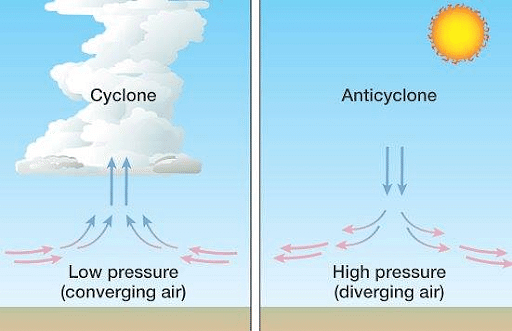





![PMF IAS Environment for UPSC 2022-23 [paperback] PMF IAS [Nov 30, 2021]…](https://pmfias.b-cdn.net/wp-content/uploads/2024/04/pmfiasenvironmentforupsc2022-23paperbackpmfiasnov302021.jpg)
